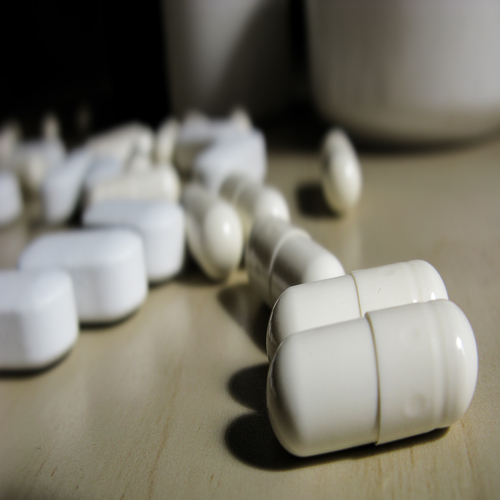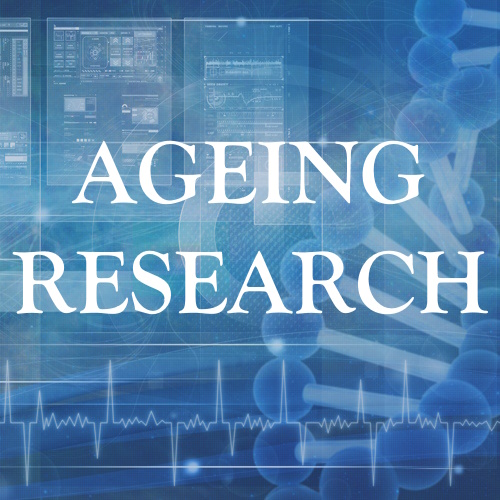Calorie restriction (CR) increases healthspan as well as lifespan due to metabolic and regulatory networks (many of which are epigenetic regulators too).
Want to try to prevent epigenetic drift in the first place
Sir2 is an NAD+-dependent protein deacetylase:
- senses amount of NAD in its environment
- part of CR response
7 mammalian sirtuins discovered SIRT1-SIRT7 - modulate the activity of key aging regulators.
NAD levels in different cellular compartments vary.
SIRT1 and SIRT3 decreases with ageing - due to reduction in NAD+ with ageing.
NAD+-consuming enzymes - PARPs and CD38 - may increase activity with age, reducing NAD available for sirtuins.
CD38 found in immune cells - increases with ageing.
With CD38 knockout mice NAD+ level was maintained.
CD38 mRNA and NADase activity increases in M1 macrophages,
CD38 expression increases in macrophages in response to pathogen associated molecular patterns (PAMPs).
With ageing, pathogens can pass through the intestinal epithelium.
Senescent cell SASP promotes CD38 expression.
How to combat NAD depletion?
- attempts to boost sirtuins directly (STACs) was not successful
- PARP inhibitors not viable as needed for DNA damage repair
- boost NAMPT
- CD38 inhibitors
- NAD boosters (NR/NMN)
NR v NMN
Need more trials to see which one works the best - or may each work better in individual applications.
Other strategies:
- diet and CR
- exercise
- enhancing ciradian rhythm
Q&A
Q: Do CD38 knock out mice live longer than wild type?
A: Doing the experiment now - CD38KO mice have defects
Q: Since CD38 is also expressed on NK cells and CD8 T cells, what affect do you think the down regulation/blocking of CD38 on these cells would be?
A: Looking into all of this.
Q: What could be the impact on age-related diseases with preventing NAD depletion?
A: Prevent much metabolic dysfunction.
Q: Do other interventions (e.g. cell reprogramming, plasma exchange) impact NAD?
A: Don't know - most treatments are multifactorial (e.g. CR and exercise have an effect) so could be.






